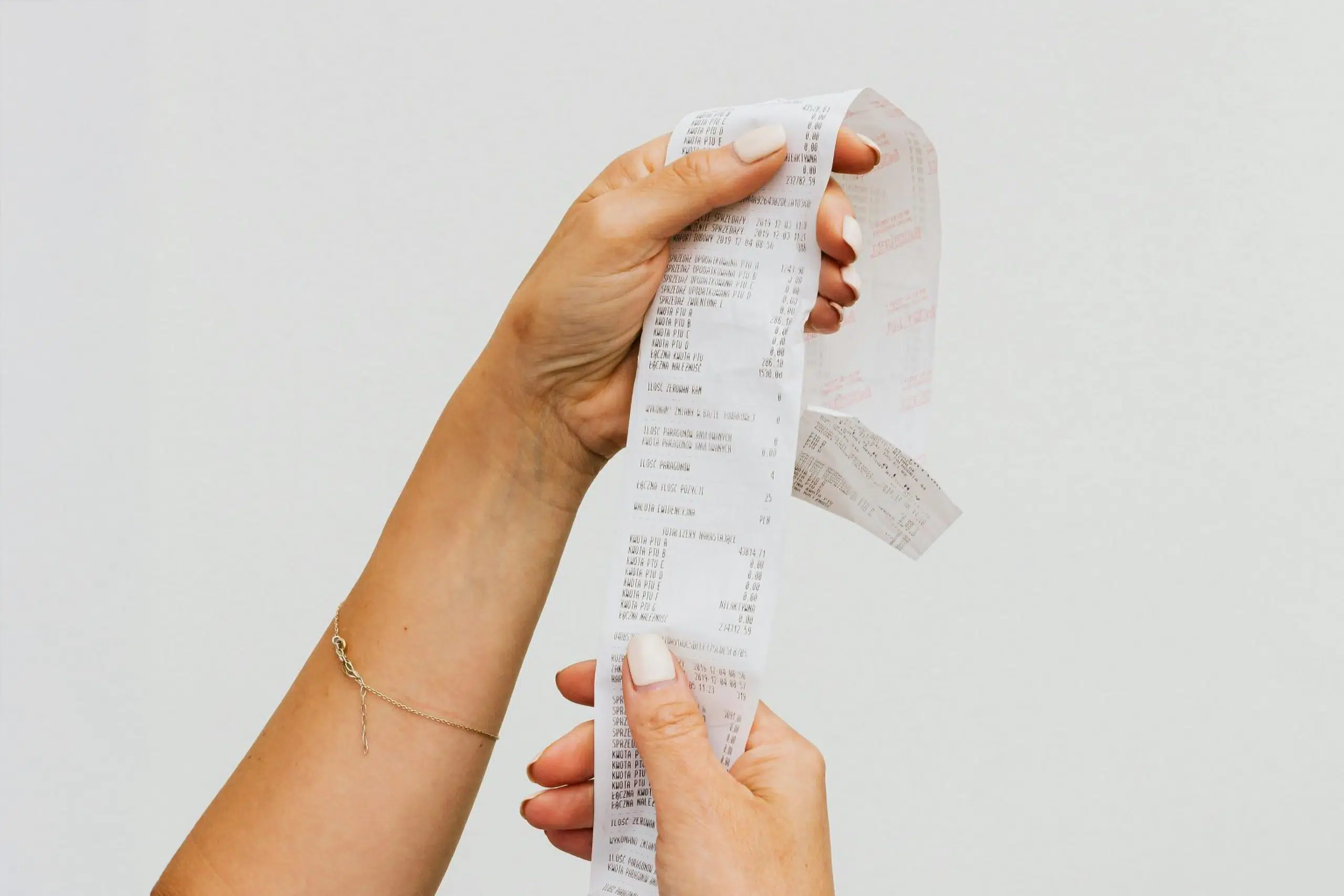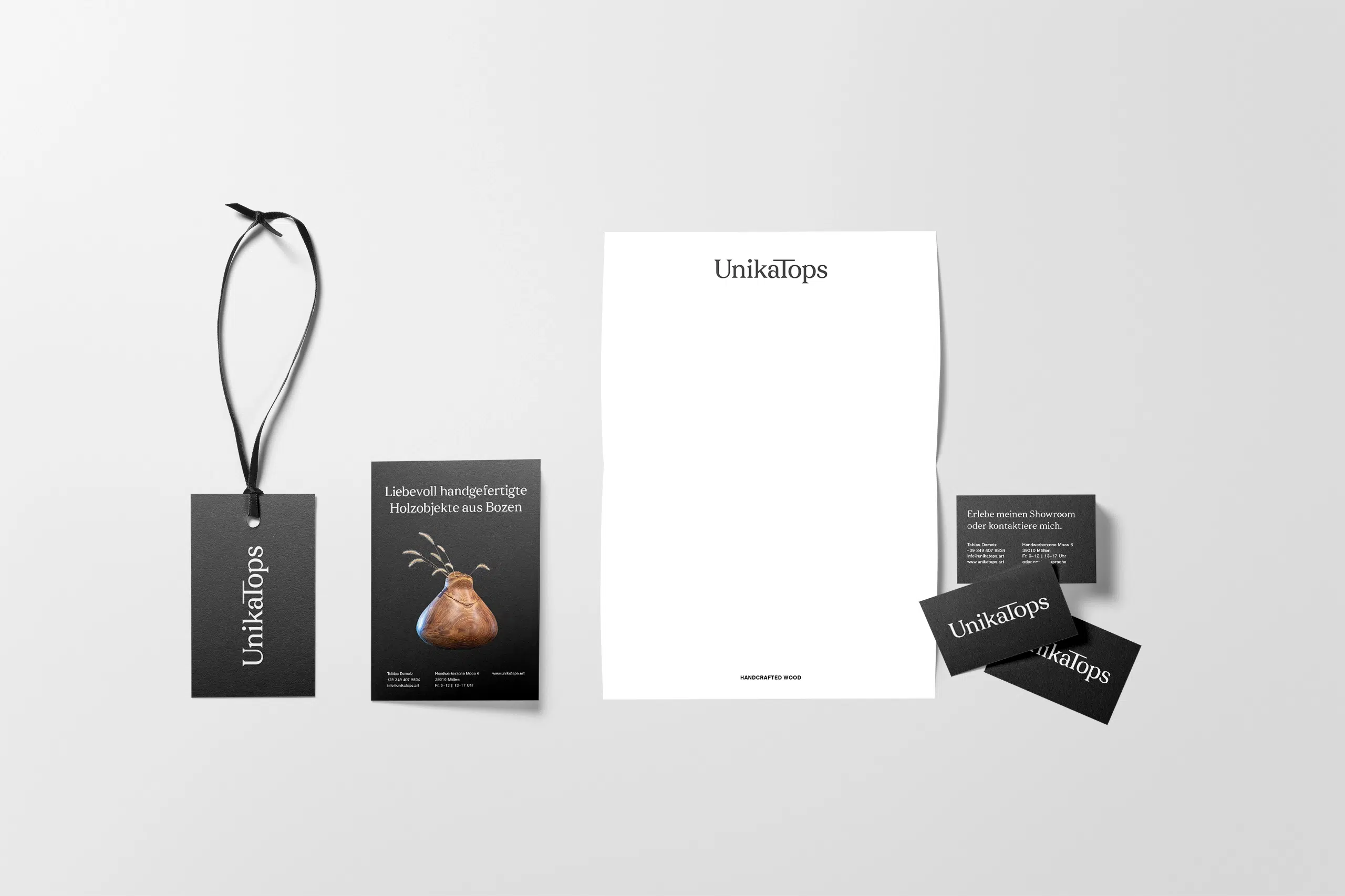I get it. When you start your business, you don’t have the time or resources for a lengthy naming process.
But what if I told you that the name you choose now can make or break the future of your brand? A weak name can confuse, mislead, or limit you, while a strong one can do a lot of heavy lifting.
Changing your name down the track isn’t impossible, but it’s messy, expensive, and risky. So it’s worth getting it right from the start.
You could work with a brand naming expert (it’s often worth it). But if you’re going the DIY route, this guide will walk you through the key principles and practical steps for naming your business.
What makes a strong brand name?
A strong name doesn’t just sound good. It should hit the mark on several levels and meet the following criteria[1]:
- The name is different.
- The name is appropriate and triggers emotions.
- The name is available.
- The name is short.
- The name is easy to spell and pronounce.
- The name is easy to visualise.
- The name works across multiple languages.
Let’s unpack each one a bit further.
1. The name is different
You don’t want to blend in. Your brand name should clearly stand apart from others in your space—especially from your direct competitors. If it comes off as generic, forgettable, or too similar to someone else’s, you’re missing an opportunity.
But remember, don’t strive for uniqueness just for the sake of being different. The aim is to achieve meaningful distinctiveness. You want a name that’s not only unique but also distinctly yours.
2. The name is appropriate and triggers emotions
A strong company name should reflect both: it should fit its industry and the unique personality of the brand. Ideally, it should also evoke the right emotions that you want people to associate with your brand.
Avoid a name that is too descriptive. It could sound generic, confuse your customers, or hinder the brand’s future growth.
Take Happy Socks, for example. The name limits the business to producing socks. Isn’t it a bit odd that it also offers underwear?
3. The name is available
Before you get too attached to a name, take a moment to check the trademark registry in your industry. This way, you can steer clear of any issues with names that sound similar.
Don’t forget to look into the availability of URLs and social media handles too. Securing those can sometimes be tricky.
Luckily, there are tools like Namecheckr that can help.
4. The name is short
Less is more. Names with fewer than four syllables are generally easier to remember, repeat, and build a brand around. In fact, an analysis of over 1,000 successful brands found that names with fewer than four syllables boosted brand recall by 82% compared to longer names.
Anything too long tends to get shortened—and sometimes in ways you won’t like.
5. The name is easy to spell and pronounce
Word of mouth only works if people can actually remember and say your name.
And a name that’s hard to spell is hard to search for, which means lost traffic and lost customers.
6. The name is easy to visualise
David Ogilvy, a marketing expert and the founder of Ogilvy, talks about ideas that “have legs.” What he means is that an idea—or in our case the name—should effortlessly lend itself to designs and marketing campaigns. Something you can easily picture in your mind.
An example of a legged name is Twitter. Although the name Twitter was fictional, the company couldn’t have used another symbol than a bird. And who doesn’t know what a tweet is?
What a foolish move to change such a well-established name.
7. It works across multiple languages
In our connected world, most brands reach an international audience.
Even if you’re not international yet, think long term. Research the meaning of the name in different languages to avoid pitfalls.
A classic example is Chevrolet’s experience when they launched the Nova in Spanish-speaking countries.
The phrase “No va” translates to “it doesn’t go” or “it doesn’t work,” which posed a significant hurdle for the brand. To tackle this challenge, Chevrolet decided to rename the car “Caribe” in those markets.
The 6 main types of brand names
Knowing your options will help you create a strong brand name. Most brand names fall into one of these categories:
- Founder’s name
- Descriptive name
- Metaphoric name
- Arbitrary name
- Altered name
- Acronym and invented name
1. Founder’s name
The name of the company’s founder, often their last name, is used as a brand name, such as Ford or Zeiss.
Using founders’ names often results in unique and easily trademarked brand names.
However, it also means the brand becomes closely associated with the founder’s reputation. Consequently, the brand’s image may also suffer if the founder encounters any issues or scandals.
Additionally, founder names can be perceived as old-fashioned and may not sound emotional enough.
2. Descriptive name
Descriptive names indicate what the company does, e.g. Facebook or Kickstarter.
They convey a brand’s purpose well, so the marketing budget for customer education may be lower.
However, URLs and social media handles with a descriptive name may be hard to get hold of. There is also a risk of the name being too generic, inflexible or lacking emotion.
If you choose a descriptive name, you should consider adding emotion through your tagline.
3. Metaphoric name
Metaphorical names, like Puma, describe the essence of a brand by drawing parallels to something with similar attributes.
While metaphoric brand names can add creativity and freshness, they may also pose challenges. They could be misleading and make it difficult for customers to find the brand through online searches, particularly on platforms like Google.
4. Arbitrary name
Arbitrary brand names are words that have no obvious brand connection, such as Apple or Nike.
Like metaphoric brand names, arbitrary brand names can sound creative and refreshing. However, educating customers about the name and removing associations with the original word can be challenging.
Arbitrary brand names can also mislead, which makes them difficult to find on Google.
5. Altered name
Altered brand names are fictional names based on actual words, such as Spotify.
They can be easy to trademark and usually convey the brand spirit well.
But watch out for customers misspelling the name. This makes it harder for them to find you.
6. Acronym and Invented name
Invented brand names are made-up words, such as Kodak.
Invented names can result in strong brand names that can end up standing for an entire category, such as Kleenex or Velcro.
They are usually easy to trademark. However, they can initially confuse customers, so educating people about the name may be challenging.
The 7-step brand naming process
You’ve got the theory. Now here’s how to actually find your name.
1. Start with strategy
- What makes your company different?
- What do you want to be known for?
- Whom do you want to help?
- What’s your unique brand positioning?
- What’s your distinctive brand personality?
- What are your brand values?
With this foundation in place, your naming process will become much easier.
2. Explore all six name types
Brainstorm names in each of the categories above. Don’t overthink or filter. Just get everything out of your head and onto the page.”
3. Narrow it down
Once you’ve got a big list, start cutting.
Look for names that align with your strategy and feel ownable. Eliminate ones that are too generic, hard to pronounce, overly trendy, or clearly taken.
Aim to get down to a shortlist of 5–10 strong options.
4. Check availability
Perform a quick search to see which names are available as URLs and social media handles.
If a name you like is unavailable, you can be creative with it, too. Try other domains (brandname.love) or weare[brand name].com etc.
You should also run a basic search in your country’s trademark registry. This isn’t foolproof, but it’s a good early filter.
Tools like Namecheckr can help with this.
5. Test it
Ask a few people—ideally from your target audience—what they think of your top name options. But don’t rely too heavily on their feedback. Most great names sound odd at first.
You don’t believe me? Well, when the Nike founder decided on the name Nike, this is what he initially had to say[2]:
I don’t love it, but maybe it will grow on me.
6. Check language and cultural meanings
Even if you don’t plan to expand globally, your brand will likely exist online, which doesn’t stop at national borders.
Run a quick check to make sure your name doesn’t have negative, offensive, or silly meanings in other major languages or cultures. With AI tools this should be easy enough to do.
7. Consult a trademark expert
Before locking it in, talk to a trademark attorney or IP specialist. They’ll be able to do a formal clearance search and advise you on:
- Whether the name can be registered
- What category to file in
- Potential risks to watch for
Sure, it’s an investment, but it’s still cheaper than a rebrand or legal battle later on.
You did it! With your new brand name in place, you can now think about your visual and verbal identity to bring your brand to life.
If you need help at any stage of your branding journey, I’d be glad to help.
References
[1] Adapted from Marty Neumeier’s classification. He defines a strong brand name as differentiated, brief, appropriate, easy to spell, satisfying to pronounce, suitable for “brand play,” and legally defensible. For reference and examples, read his blog post: “Strong vs. weak names”.
[2] Phil Knight, founder of Nike, in his memoir Shoe Dog, Simon & Schuster (2016)





















